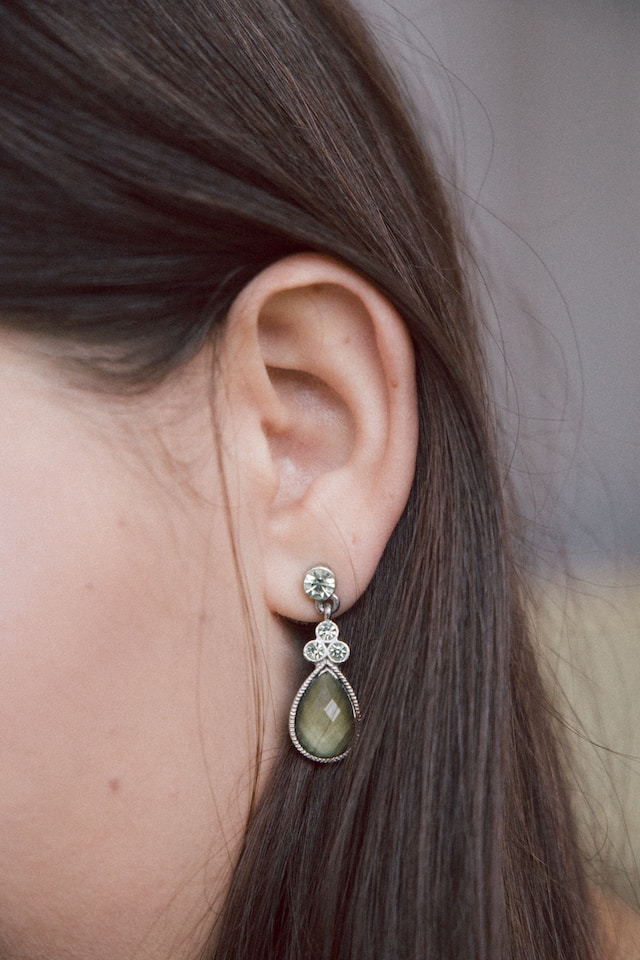
Is Ear Candling an Effective Way to Remove Ear Wax?
Introduction
Ear candling is a practice that has been used for centuries to remove ear wax and promote ear health. It involves placing a hollow, cone-shaped candle in the ear canal and lighting it, supposedly creating a vacuum that draws out ear wax. While some people swear by its effectiveness, others question its safety and scientific validity. At The Hearing Space, we are dedicated to ensuring the well-being of your ears, and we offer ear wax removal services using proven and safe methods. In this article, we will explore the concept of ear candling, its alleged benefits, the controversies surrounding it, and whether it is a reliable method for ear wax removal.
Understanding Ear Candling
What is ear candling?
Ear candling, also known as ear coning or thermal-auricular therapy, is an alternative practice that claims to remove ear wax, toxins, and impurities from the ear canal.
How Ear Candling Works
The process of ear candling involves the following steps:
- A hollow, cone-shaped candle made of fabric and coated with beeswax is inserted into the ear canal.
- The candle is then lit at the other end, creating a flow of warm smoke and gentle suction.
- Proponents of ear candling claim that the warm smoke creates a vacuum that draws out ear wax and other debris from the ear canal.
Does Ear Candling Remove Wax?
Despite the claims made by practitioners, there is little scientific evidence to support the effectiveness of ear candling in removing ear wax. Studies have shown that any material found inside the “used” candle after the process is likely residue from the burned candle, not ear wax.
The Controversy Surrounding Ear Candling
Lack of scientific evidence: Many medical professionals and experts have expressed skepticism about the efficacy of ear candling. There need to be well-designed clinical studies to support its claims.
Potential risks and side effects: Ear candling can lead to several risks and side effects, including burns, punctured eardrums, and damage to the ear canal. The U.S. Food and Drug Administration (FDA) and Health Canada have warned against using ear candles.
Risks and Potential Side Effects
It is essential to be aware of the potential risks and side effects associated with ear candling:
- Burns: The lit candle poses a risk of burning the skin or hair near the ear.
- Punctured eardrums: The insertion of a foreign object into the ear canal can cause damage to the delicate eardrum.
- Candle wax residue: The material left inside the candle after the process is most likely a combination of burned candle wax and debris from the ear canal.
- Obstruction: In some cases, ear candling can lead to the further impaction of ear wax or debris.
Safe Alternatives for Ear Wax Removal
If you are experiencing ear wax buildup and are looking for safe and effective alternatives to ear candling, consider the following methods:
- Warm water irrigation: Gently flushing the ear canal with warm water can help soften and remove ear wax.
- Over-the-counter ear drops: Ear drops specifically designed for wax removal can help dissolve ear wax.
- Microsuction: This procedure, performed by a healthcare professional, uses a gentle suction device to remove ear wax without introducing water.
The Importance of Professional Advice
If you are unsure about the best method for ear wax removal, it is crucial to seek professional advice from a healthcare provider or an audiologist. They can examine your ears and recommend the most appropriate and safe method for your specific condition.
Conclusion
While ear candling may have a long history as a traditional remedy for ear wax removal, its effectiveness remains questionable and unsupported by scientific evidence. The risks and potential side effects associated with ear candling make it a risky practice, and healthcare professionals advise against its use. For safe and reliable ear wax removal, consider alternative methods such as warm water irrigation, over-the-counter ear drops, or seeking professional advice from a healthcare provider or audiologist.







